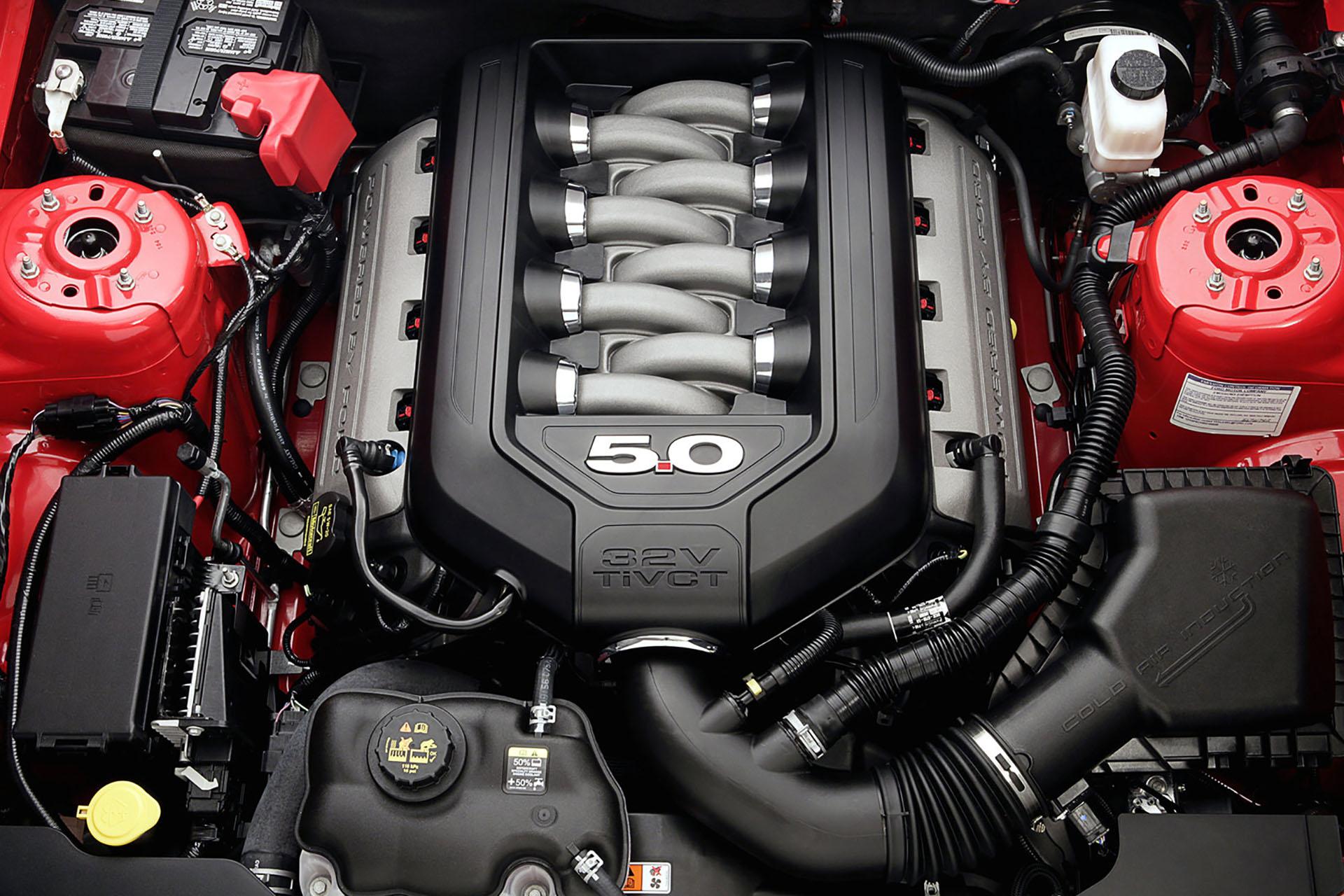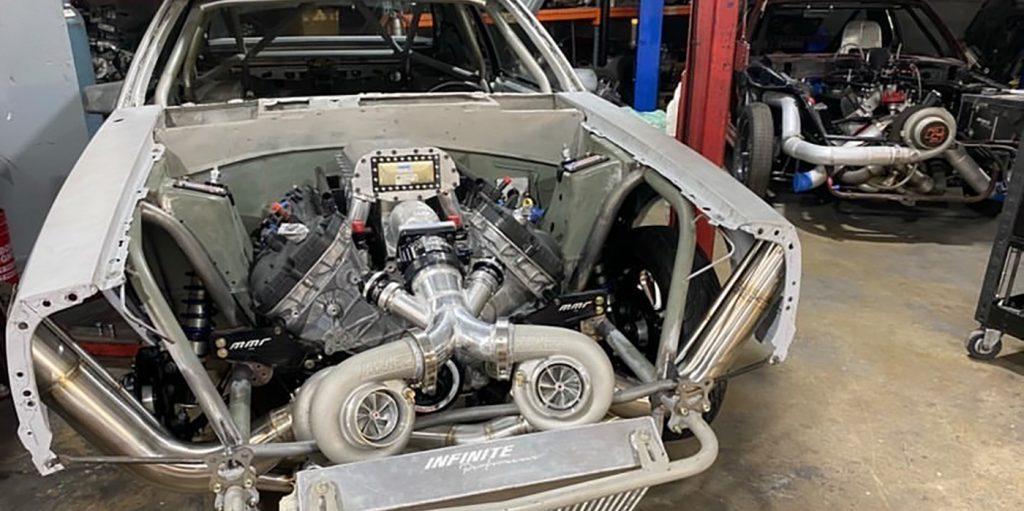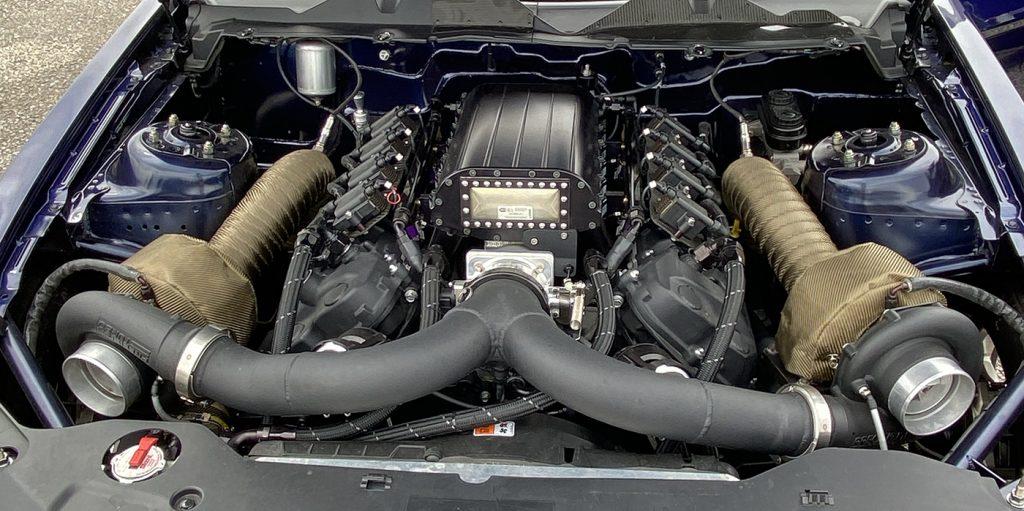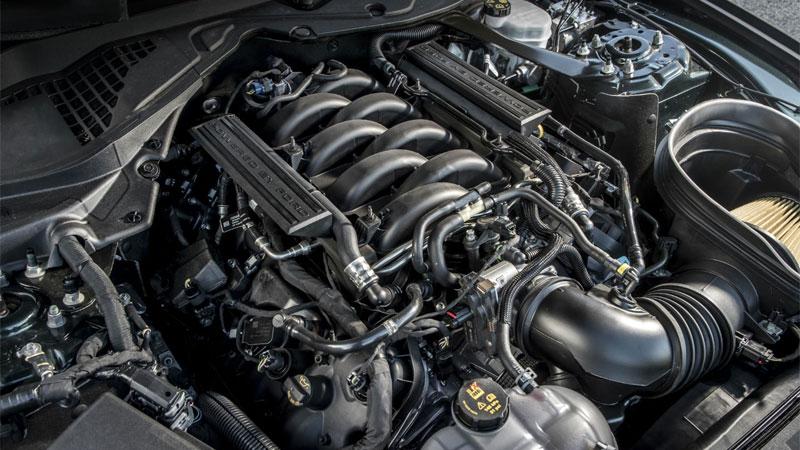What is the Weakest Part of a Coyote Engine?
By Sebastian Orellana
Updated Feb 17, 2024

The Ford Coyote engine is a powerful engine that has become one of the most popular choices for car enthusiasts. However, like any engine, specific weak points can cause problems for car owners. This post will explore the weakest part of a Coyote engine and how to identify and address it.
Table of Contents
READ: Do Electric Cars Last Longer Than Gas Cars?
Overview of the Coyote Engine

A coyote engine is a powerful, high-performance V8 engine manufactured by Ford Motor Company and found in its Mustang sports car. The 5.0-liter, naturally aspirated V8 engine produces 435 horsepower and 400 lb-ft of torque. It was first introduced in 2011 and has been updated to offer more power and torque than its predecessors.
The unique engine design includes a dual overhead cam (DOHC) cylinder head, four-valve-per-cylinder design, and high-flow cylinder heads. The engine also has a forged steel crankshaft, aluminum block, and connecting rods and pistons. The engine is designed to be lightweight and fuel-efficient, providing the power and performance that Mustang owners demand.
The engine is powerful enough to propel the Mustang from 0 to 60 mph in less than 5 seconds and to a top speed of over 150 mph. The Coyote engine is highly reliable, durable, and efficient, making it an attractive option for Mustang owners looking for a robust and reliable engine.
What are the Weak Points of a Coyote Engine?

The Coyote engine has some weak points that can lead to problems. These weak points include the camshafts, connecting rods, timing chains, and oil pumps. These components can wear out or break over time, leading to engine failure.
Camshafts
The most common weak point in the Coyote engine is the camshafts. The camshafts are responsible for controlling the engine's opening and closing valves. Over time, the camshafts can wear down, leading to decreased performance and efficiency.
Connecting Rods
The connecting rods are also vulnerable parts of the Coyote engine. The connecting rods are responsible for connecting the pistons to the crankshaft. If they become worn or damaged, they can cause the engine to misfire or even seize up.
Timing Chain
The timing chain is another weak point in the Coyote engine. The timing chain ensures that the camshafts and crankshafts are in sync. If the timing chain becomes stretched or worn out, it can cause the engine to misfire or run inefficiently.
Oil Pump
The oil pump is another weak point in the Coyote engine. The oil pump is responsible for ensuring that the engine is properly lubricated. If the oil pump becomes worn or damaged, it can cause the engine to run inefficiently or even seize up.
READ: How to Choose the Best LS Truck Cam for Your Vehicle
How to Identify and Address These Weak Points

When it comes to identifying and addressing the weak points of a coyote engine, there are several key areas to look at. First and foremost, one should inspect the fluid levels and condition of the engine oil, coolant, and transmission fluid. Checking for signs of sludge or debris can help identify potential issues with the engine. Additionally, it is important to look for any signs of leaking fluids, as this could indicate a problem with one of the engine’s seals.
Another critical area to inspect is the spark plugs, which provide the spark necessary to ignite the fuel-air mixture in the engine. If the spark plugs are fouled or worn out, they can cause poor fuel economy, misfiring, and other performance issues. Relying on any worn or damaged spark plugs immediately is important.
The next weak point is the air intake system, which delivers the proper air to the engine. If the air intake system is clogged or not functioning correctly, it can cause a decrease in engine performance. To address this issue, cleaning the air filter and inspecting the intake system for any signs of damage is vital.
Finally, it is crucial to inspect the fuel system, as this is responsible for providing the fuel needed to create the combustion needed to power the engine. If the fuel system is clogged or not functioning correctly, it can cause a decrease in engine performance. To address this issue, it is important to clean the fuel filter, check the fuel pump pressure, and inspect the fuel injectors for any signs of damage.
By inspecting these key areas, one can identify and address any weak points of a coyote engine. Doing so can help ensure the engine runs at its best and can help increase its longevity.
READ: Electric Truck Conversion: An Overview of Components and Techniques
Conclusion
The weak points of a Coyote engine can lead to problems if they are not adequately addressed. Typical weak points include the camshafts, connecting rods, timing chains, and oil pumps. Regular inspections by a qualified mechanic can help to identify and address any weak points before they become a problem.
